Hammerhead Sharks
In this video
Hammerhead Sharks Squalo martello intotheblue.it

The hammerhead sharks are a group of sharks in the family Sphyrinidae, belonging to order Carcharhiniformes, so named for the unusual and distinctive structure of their heads, which are flattened and laterally extended into a “hammer” shape called a cephalofoil. Most hammerhead species are placed in the genus Sphyrna, while the winghead shark is placed in its own genus,Eusphyra. Many, but not necessarily mutually exclusive, functions have been postulated for the cephalofoil, including sensory reception, manoeuvering, and prey manipulation.
Hammerheads are found worldwide in warmer waters along coastlines and continental shelves. Unlike most sharks, some hammerhead species usually swim in schools during the day, becoming solitary hunters at night. Some of these schools can be found near Malpelo Island in Colombia, the Galapagos Islanda in Ecuador, Cocos Island off Costa Rica, near Molokai in Hawaii and off southern and eastern Africa.
The known species range from 0.9 to 6.0 m in length and weigh from 3 to 580 kg. They are usually light gray and have a greenish tint. Their bellies are white, which allows them to blend into the ocean when viewed from the bottom and sneak up on their prey. Their heads have lateral projections which give them a hammer-like shape.
Hammerheads have disproportionately small mouths compared to other shark species. They are also known to form schools during the day, sometimes in groups over 100. In the evening, like other sharks, they become solitary hunters. National Geographic explains that hammerheads can be found in warm tropical waters, but during the summer, they participate in a mass migration to search for cooler waters.
A theory has been advanced that the hammer-like shape of the head may have evolved at least in part to enhance the animal’s vision. The positioning of the eyes, mounted on the sides of the shark’s distinctive hammer head, allows 360° of vision in the vertical plane, meaning the animals can see above and below them at all times. The shape of the head was previously thought to help the shark find food, aiding in close-quarters maneuverability, and allowing sharp turning movement without losing stability. However, the unusual structure of its vertebrae has been found to be instrumental in making the turns correctly, more often than the shape of its head, though it would also shift and provide lift. From what is known about the winghead shark, the shape of the hammerhead apparently has to do with an evolved sensory function. Like all sharks, hammerheads have electoreceptory sensory pores called ampullae of Lorenzini. The pores on the shark’s head lead to sensory tubes, which detect electricity given off by other living creatures. By distributing the receptors over a wider area, like a larger radio antenna, hammerheads can sweep for prey more effectively. Gli Squali Martello The hammerhead sharks intotheblue
Reproduction occurs only once a year for hammerhead sharks, and usually occurs with the male shark biting the female shark violently until she agrees to mate with him. The hammerhead sharks exhibit a viviparous mode of reproduction with females giving birth to live young. Like other sharks,fertilization is internal, with the male transferring sperm to the female through one of two intromittent organs called claspers. The developing embryos are at first sustained by a yolk sac. When the supply of yolk is exhausted, the depleted yolk sac transforms into a structure analogous to a mammalian placenta (called a “yolk sac placenta” or “pseudoplacenta”), through which the mother delivers sustenance until birth. Once the baby sharks are born, they are not taken care of by the parents in any way. Usually, a litter consists of 12 to 15 pups, except for the great hammerhead, which gives birth to litters of 20 to 40 pups. These baby sharks huddle together and swim toward warmer water until they are old enough and large enough to survive on their own.
Hammerhead sharks are known to eat a large range of prey such as fish (including other sharks),squid, octopus,crustaceans. Stingrays are a particular favorite. These sharks are often found swimming along the bottom of the ocean, stalking their prey. Their unique heads are used as a weapon when hunting down prey. The hammerhead shark uses its head to pin down stingrays and eats the ray when the ray is weak and in shock. The great hammerhead, tending to be larger and more aggressive than most hammerheads, occasionally engages in cannibalism, eating other hammerhead sharks, including its own young.
(extract from Wikipedia)

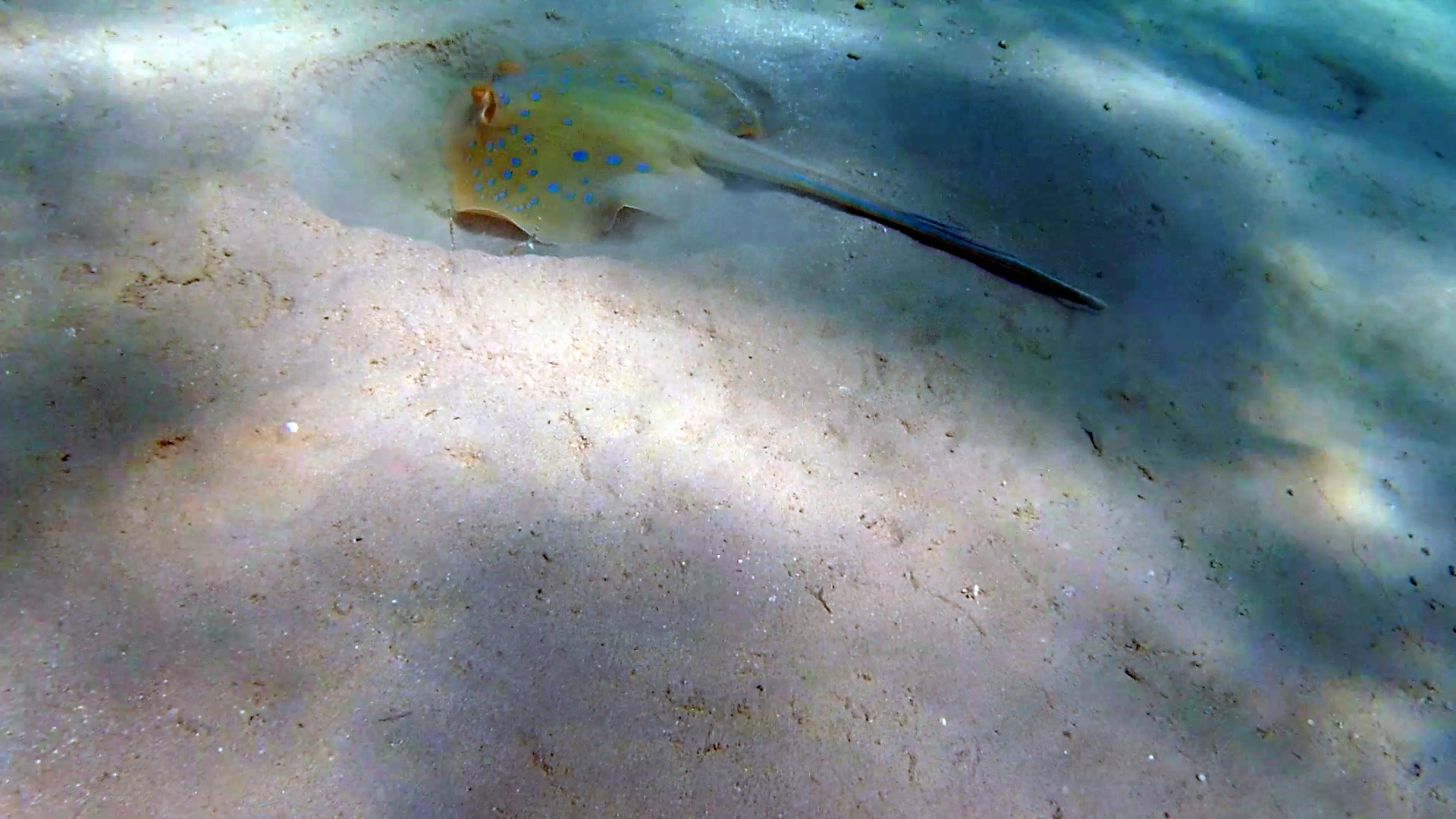
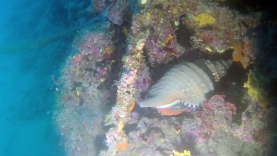
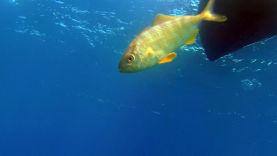
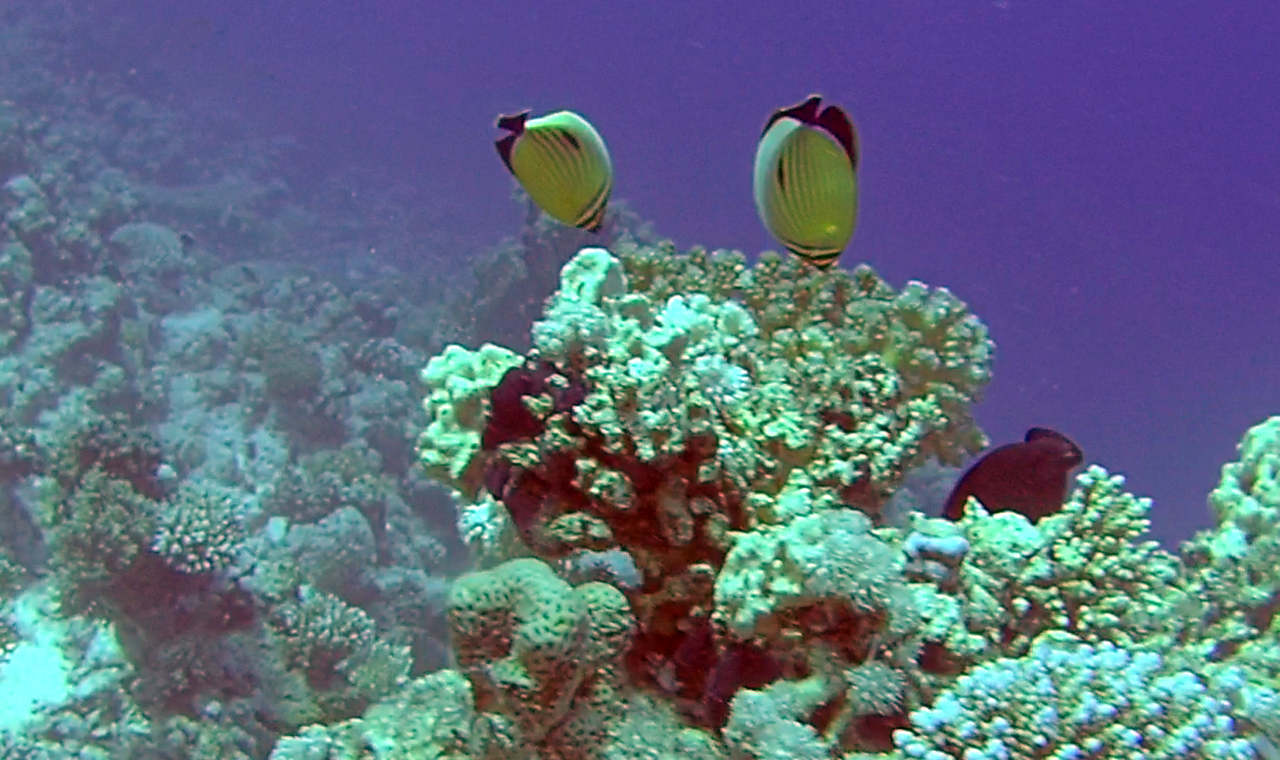
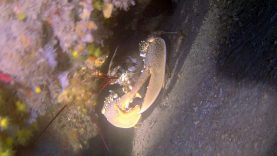
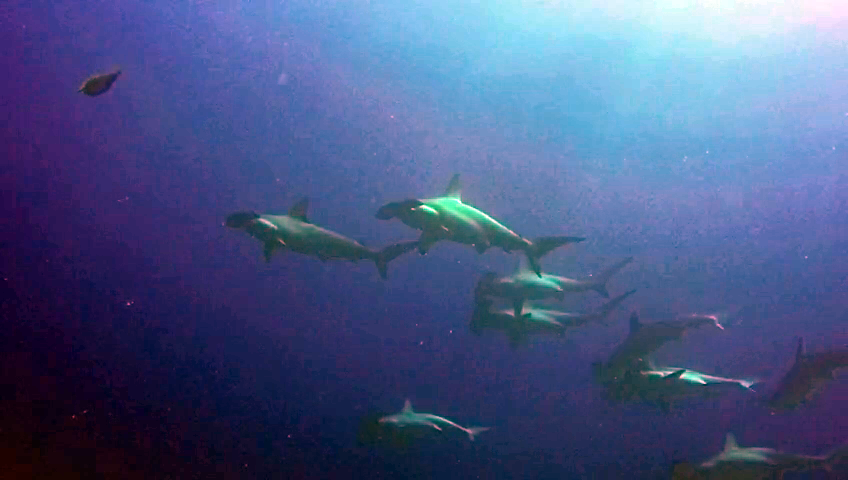
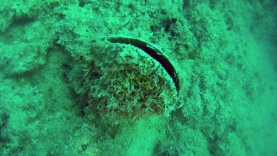
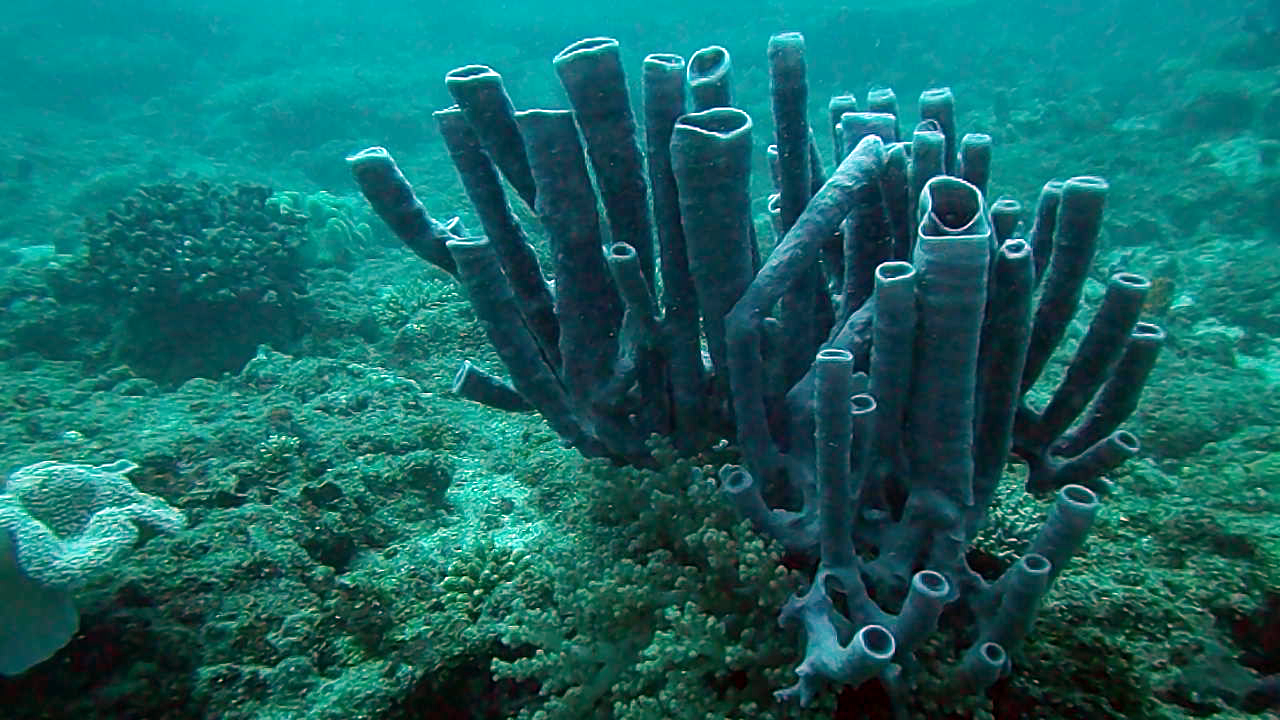
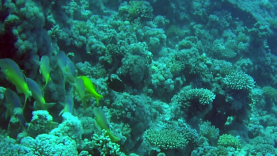
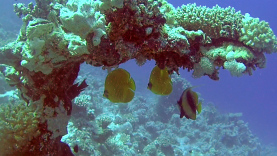

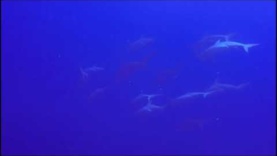


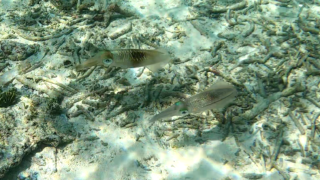
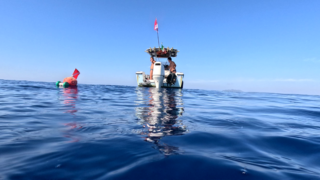
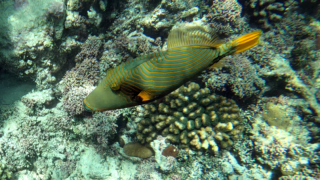

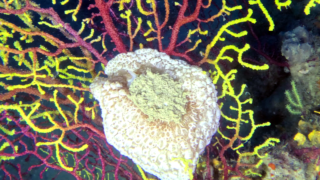
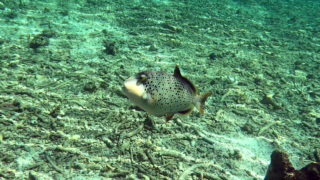
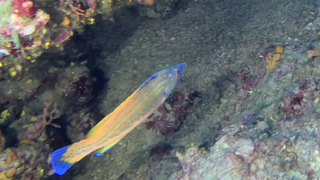
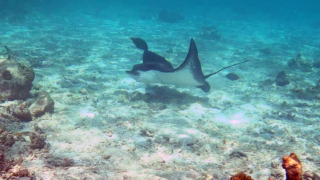
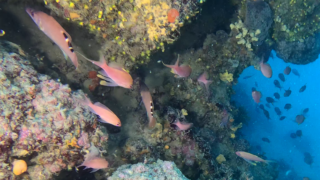
You must be logged in to post a comment.